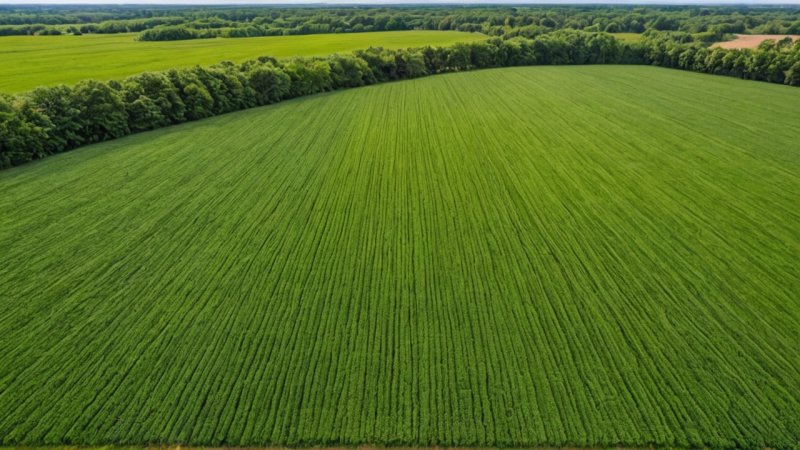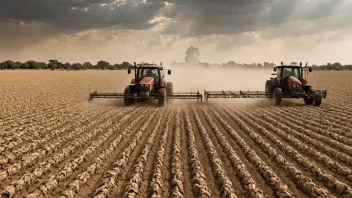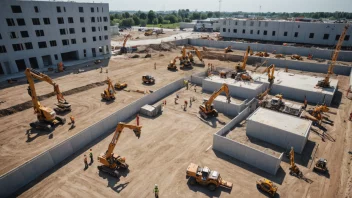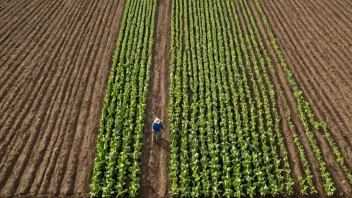Introduction
Soil erosion is a significant environmental issue that affects agricultural productivity and ecosystem health. As the global population continues to grow, the pressure on agricultural land increases, leading to unsustainable practices that exacerbate soil erosion. However, by adopting effective agricultural practices, farmers can help reduce erosion, enhance soil health, and promote sustainable land use. In this article, we will explore the top five agricultural practices that can mitigate soil erosion.
1. Cover Cropping
Cover cropping involves planting specific crops during the off-season to protect and enrich the soil. These crops, often referred to as cover crops, help to hold the soil in place with their root systems, reducing erosion caused by wind and water.
- Benefits: In addition to preventing erosion, cover crops improve soil structure, enhance nutrient cycling, and suppress weeds.
- Common Cover Crops: Examples include clover, rye, and vetch.
2. No-Till Farming
No-till farming is a conservation practice that minimizes soil disturbance by not plowing the soil before planting. This method helps maintain soil structure and reduces the risk of erosion.
- Benefits: It increases moisture retention, enhances soil organic matter, and promotes beneficial soil organisms.
- Implementation: Farmers can use specialized equipment to plant seeds directly into the undisturbed soil.
3. Crop Rotation
Crop rotation is the practice of alternating different crops in the same field across seasons. This technique helps to break pest and disease cycles while improving soil fertility and structure.
- Benefits: It reduces the risk of soil erosion by promoting diverse root systems and improving soil health.
- Strategies: Farmers should plan rotations that incorporate deep-rooted and shallow-rooted crops.
4. Contour Farming
Contour farming involves plowing and planting across the slope of the land, following its natural contours. This practice helps to slow down water runoff and reduce soil erosion.
- Benefits: It promotes water infiltration, reduces runoff, and helps maintain soil moisture.
- Implementation: Farmers should map out the contours of their fields to effectively implement this practice.
5. Agroforestry
Agroforestry integrates trees and shrubs into agricultural landscapes. This practice provides multiple benefits, including enhanced biodiversity, improved soil health, and reduced erosion.
- Benefits: The deep root systems of trees help stabilize the soil, while their canopy reduces the impact of rainfall on the soil surface.
- Types of Agroforestry: Alley cropping, silvopasture, and windbreaks are common agroforestry practices.
Conclusion
In summary, adopting sustainable agricultural practices is crucial for mitigating soil erosion and promoting environmental health. Cover cropping, no-till farming, crop rotation, contour farming, and agroforestry are all effective strategies that can enhance soil stability and fertility. By implementing these practices, farmers can not only protect their land but also contribute to a more sustainable agricultural system that benefits future generations.






